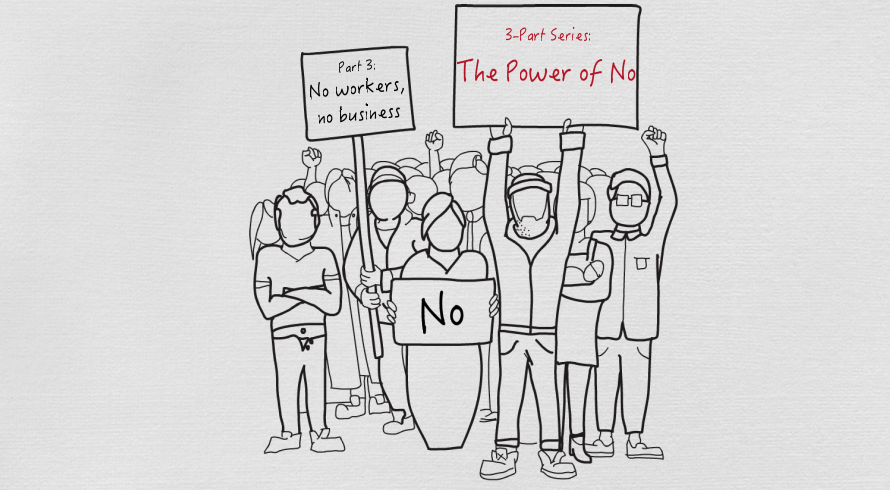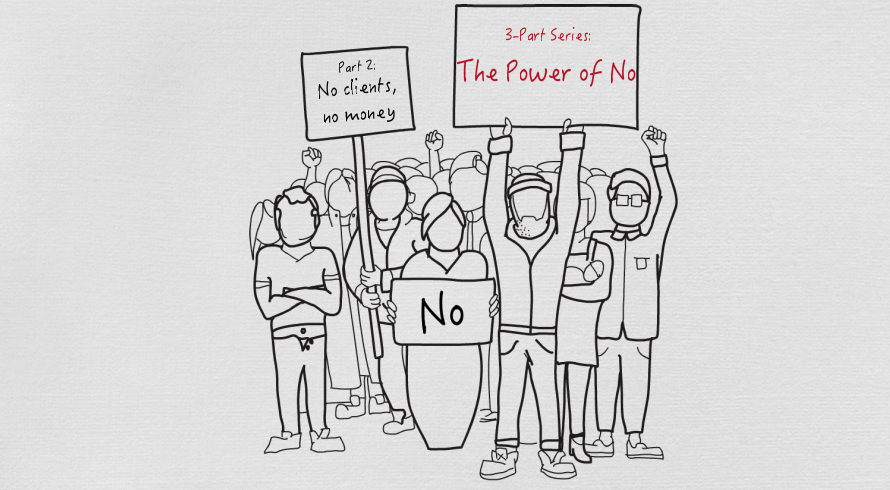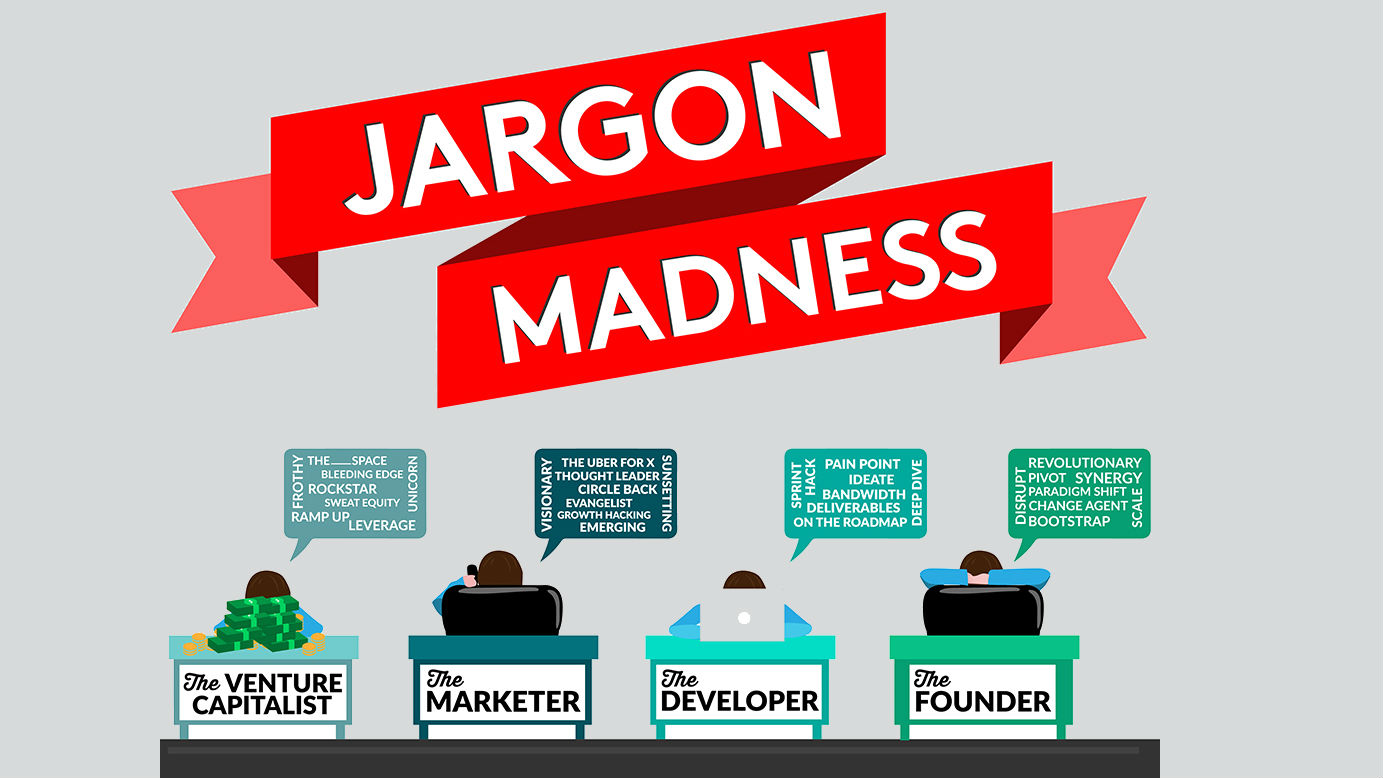
Let’s face it, we’re all wired differently, and using a small business checklist may not be a tool you are already using. At this point, though, it’s safe to assume that you know who you are (as a business) and what you want to sell (or are already selling). Now it’s time to focus on managing your business, and to stay on top of everything you have on your plate, that means starting to use simple checklists.
As we’ve discussed before, the smaller the business, the more hats each person wears. Same principle applies if you’ve had to cut back on staff. In fact, you may be the one and only person wearing all of the hats. If this is the case, how effectively you prioritize your goals and maintain oversight throughout every level of your business will affect your ability to stay afloat. A small business checklist will help you stay accountable to your goals – and to yourself. Here’s how.
Figuring out what you need for your small business checklist

And our clients tell us that they are most effective in “maintaining their checklist” once they’ve done the strategy and prep-work. So, before we create the small business checklist, here are the areas that you may want to have in place first.
1. Planning.
All areas of your business will benefit from a plan – if even a 1-sheet with goals and expectations. I find it’s easier to work backwards – start with the external areas and work inwards in your planning so that the customer doesn’t have to fit the process, but rather the process is made to fit the customer. This also helps you to document your “IP” which is your intellectual property, like the unique way that you create and/or deliver a product or service.
- First, write an outline of how you plan to deliver your services. Does a sales person sell it and then turn it over to a project manager. Does the office manager or billing manager contact the customer for billing? What happens once a project (or product) is sold and delivered? Is there further work that needs to happen internally?
- Once you settled on your planning goals, create a recurring calendar reminder to review your overall operational health.
2. Performance.
People performance is not just an alliteration, it’s perhaps the most meaningful component that you’ll want to account for in your small business checklist.
- First, establish goals for your workforce and hold yourself to the same standards.
- Once you settled on your performance goals, create a recurring calendar reminder to check in with your contractors or employees to evaluate how they are performing. This doesn’t have to be a formal evaluation. Keep an open mind to consider what you and your staff can do to be more efficient, more effective and maintain a high-level of satisfaction.
3. Oversight.
So, while you’re making your checklist of all the things you need for product or service development, remember that there are “soft” components that you’ll need in your checklist, like “oversight”.
- First, write down each department in your company – HR, operations, finance, sales, marketing – and keep each of them separate, even if you’re the one doing all of it.
- Then, for each internal and external function, create a list of activities that go into delivering a request. An example of tasks could include: managing a project, creating a product, people management and hiring, financial oversight and approvals (including change orders, billing, collections)*
- Now, create goals and expectations for each of the departments – internal and external – to measure the quality and quantity of their outputs.
- Once you’ve created goals and expectations, you’ll also want to create a recurring calendar reminder to oversee departmental progress against goals and expectations. This can be fluid. You can increase or decrease your expectations once you’ve spent 2 quarters+ of oversight.
*Bonus: If you really want to evaluate your efficiency to the level that a consultant would, try also creating a flow chart for information is trafficked between each department. Really think about how each role currently functions in the delivery of a task, compared to how it needs to function. If you notice that information is being passed between departments multiple times, that could be the sign of a potential “sinkhole” as we call it.
Prioritizing your small business checklist
Now that you’ve done the ground work, you’re ready for your list.
Monthly
- Planning review – how is your capacity versus performance?
Quarterly
- Oversight review – how well are you pacing against your goals in your business operations plan?
- Performance review – how healthy is your “bench”?
Annually
- Create/review business operations plan – compare past year’s actual performance to the plans and realign objectives for the next year to tangible, specific goals.
What’s next?
Now that you have a checklist, and time set aside on your calendar for periodic reviews, stick to it. Treat the time you’ve set aside for yourself as a non-moveable, non-negotiable priority. And remember, the checklist should be flexible and changed, as needed, to fit your business. As your priorities change, so should your checklist.
If you feel you need to dig deeper into analyzing your performance, planning or creating oversight goals, give us a call at C2 Consulting.
Happy managing!





